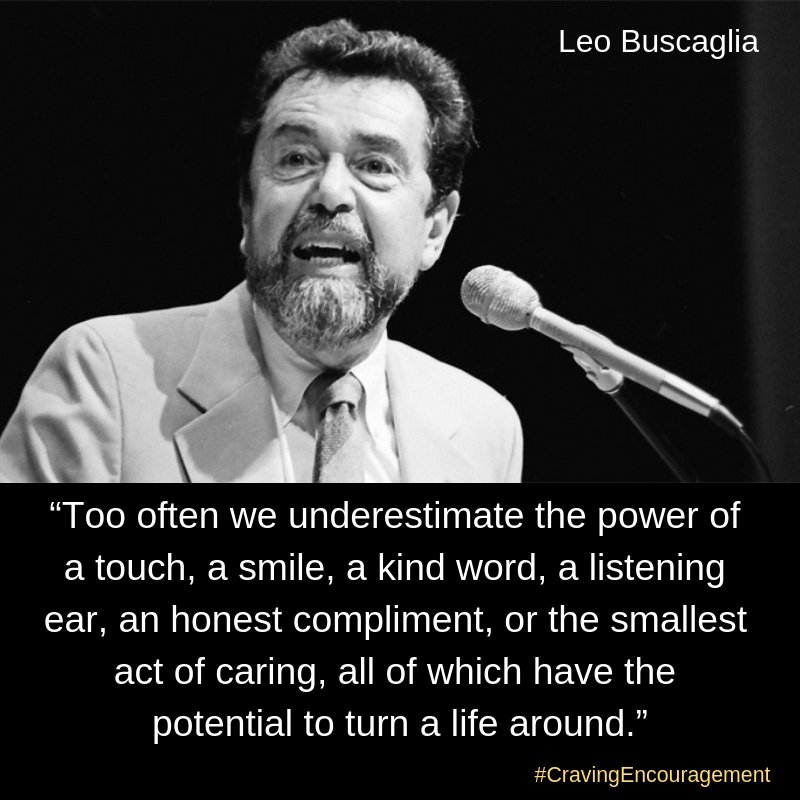The Important Voices In Your Life – Grow Great Daily Brief #177 – March 29, 2019
Podcast: Play in new window | Download (Duration: 9:21 — 11.2MB)
Subscribe: Apple Podcasts | Spotify | RSS | More
Do you own a small business in the United States? Are you a US-based entrepreneur? I invite you to check out The Peer Advantage by Bula Network, a forum where 7 entrepreneurs and I come together to elevate your business, leadership and life.
All our meetings will be conveniently conducted online via a video conferencing platform. This isn’t a networking, back scratching group, but a true, honest peer advantage group where business ownership is the tie that binds. You can read all the details at ThePeerAdvantage.com. Just click the apply button, complete the short questionnaire so we can jump on a phone call together where I can find out more about you and your business. I’ll answer any questions you may have, too. I look forward to speaking with you.
From the inside out, we’ve all got a number of voices in our life. When we talk about the important voices in your life we’re not necessarily talking about the LOUDEST voices. Frequently those voices are the least important. That makes them really tough to handle. Sometimes it seems impossible to quieten them.
Let’s start with YOU and YOUR VOICE.
Your life has formed a narrative, a story. Neuroscientists teach us that the events of our life don’t necessarily determine our story, but the meanings we ascribe to those events. Easier said than done. We’re not very good at disconnecting ourselves from the things that happen to us.
Look around at the people who have experienced horrific events. Some of the most awful circumstances imaginable. But they not only endure it, but they also overcome it. They embrace behaviors that fuel them to be among the highest achievers. They determine to have a positive impact on others. Examples abound. And I’m not just talking about famous names. There are plenty of people most of us haven’t heard of, but they’re making a big impact in spite of the horrible things that have happened to them.
What makes them different? So resilient?
Wish I knew.
We can apply all kinds of rational and logical thinking to it, but some of it is probably beyond explanation. They just have such mental toughness, and mind made up that they don’t talk to themselves the way others do. While others might lean into being a victim, grow bitter and lament their plight — these folks figure, “What’s the point? How’s that gonna help?” They don’t get bogged down listening to the inner voice of “woe is me.” Quite literally, they build a bridge in their mind and get over it. Their inner voice helps them advance.
Yesterday we talked about energy. Losing it. Or increasing it. The winners in life – and I don’t mean financially, but I mean winner in a much larger sense of it – command the voice in their head. The voice they hear mirrors their made up mind. And that may be the key. They’ve made up their mind that this thing – whatever it may be – isn’t going to stop them from being or trying to be their very best. And that made up mind has a voice. A voice worth listening to. So they do, listen to it.
What about you? What’s your mind made up about? It’s likely the voice you’re listening to in your head is THAT voice. If you want to change the voice in your head you have to first change your mind. Make up your mind that today you’re going to aim better, and higher for your life.
Outside voices can impact our own.
It’s not always bad. Or negative. Sometimes the voices outside are exactly what we need. It happens when we surround ourselves with people who care about us. People who care enough to support us, encourage us, challenge us and serve us so we can grow into an improved version of ourselves.
I’m not being cynical, but most folks don’t fit the bill. It’s hard work to serve others. The most rewarding work (in my opinion), but not fall-off-a-log easy. Certainly not as easy as being hard on people. Or second-guessing people. Or telling people what we think they should do. Those are easy. Ridiculously unprofitable for them, but they make us feel better about ourselves for some perverted reason.
The key to outside voices is to judge them based on who is best being served. This isn’t a selfish endeavor. It’s just practical, honest and real.
The person who wants to be critical is serving himself, not you. Check!
The person who harps about what you ought to do is serving himself, not you. Check!
It drones on and on. Every day we’re surrounded by the ninnies who want to drive our lives from the safe distance of their own life. Problem is, our life is our life. Our context is ours. Our circumstances are ours. It’s not the same as theirs.
Here’s what happens in my work. It’s a judgment-free zone. It’s just perspective. And viewpoint.
The learning comes from questions. It comes from sharing experiences. I’m further up the trail from most of my clients. But even if I’m not further up the trail, my journey has been different. The power is in the differences. The diversity of viewpoints, opinions, and philosophies. It’s challenging, but in the most caring way where the client is always the focus. The client must be served.
Transformation isn’t easy. Or comfortable. But it’s profitable…the most profitable work we can do for ourselves.
Determine the voices that surround you. Dig deeply enough to figure out if those voices are serving themselves or YOU. Who is benefiting? It’s easier to figure out than you may think. Spend time to do the digging.
Once you figure that out, then make up your own mind what you’d like to do with those voices. No, I’m not going to tell you what you should do. I just know those self-serving people who provide no helpful voice to our life are detrimental. But I don’t know all the circumstances or context so it’s up to you to decide whether those are important voices or not. Again, I’m using IMPORTANT as the voices that contribute to helping us grow and improve.
So much of growing great is to figure out what works and what doesn’t. Then to do more of what works and eliminate what doesn’t. Do that with ALL the voices in your life, then let me encourage you to be more selective in the voices you allow to be IMPORTANT.
Me? I just hope to be a small, but important voice in your earbuds urging you to be well, do good and grow great!
RC
The Important Voices In Your Life – Grow Great Daily Brief #177 – March 29, 2019 Read More »






